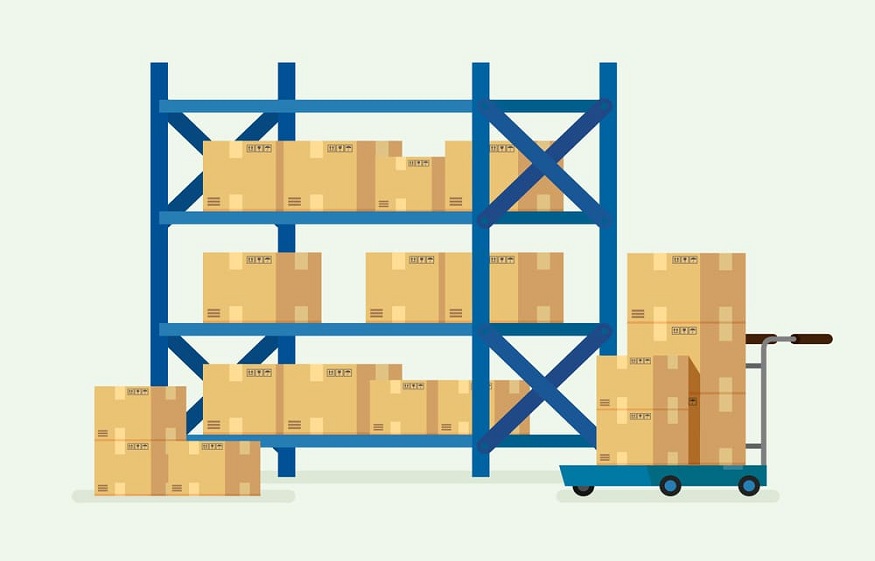Centralized Versus Decentralized Fulfillment
3 min read
For all ecommerce ventures – barring only the very smallest – the use of warehousing is pretty much essential. Or, at the very least, it is necessary to progress beyond a certain size of operation. Shipping and Handling of Texas (click here to visit website), an ecommerce fulfilment service, say that ecommerce fulfilment can involve one warehouse, or it could involve many. In the latter case, they are talking about those regional hubs and distribution centers that are a bit closer to the customer base than the central location of the business.
Such regional warehouses, however, can be used in different ways. They can, for example, be storage warehouses where ecommerce goods are stored close to the customers, or they could be connection points, where things like cross dock services are employed to quickly transfer goods between carriers before sending them on their way.
Regardless of what they are being used for though, this range of different regional warehouses, as part of the fulfilment system, is known as decentralized fulfilment. It has a lot going for it, and it does indeed seem like this would always be the optimal solution for all ecommerce ventures bar the very smallest. Nevertheless, centralized fulfilment (when goods are shipped from a central warehouse) is still the preferred method of several ecommerce ventures, so there is a choice to be made here.
Centralized Fulfilment
If you’re on the cusp of expanding your ecommerce business and are looking into warehouse solutions, it’s important to understand a bit better how centralized fulfilment can (sometimes) be the preferable option.
For larger operations, centralized fulfilment is normally selected as the preferred method when it is combined with certain aspects of decentralized fulfilment. Accordingly, there might be a central warehouse used in tandem with several branch warehouses. In such cases, much of the inventory is still stored centrally, but it stops at regional hubs on the way to the recipient.
Centralized vs. Decentralized
It is worth weighing up the relative benefits of these two warehousing options. As surprising as it may sound, centralized does have certain advantages over decentralized warehousing.
Centralized Advantages
Lower Costs
Indeed, saving money is an imperative in business and, even for larger endeavors, centralized warehousing can save money. For one thing, storage and location costs are lower.
High Degree of Automation Possible
It is easier to fully automate a central warehouse simply because it is the only one being managed. Consequently, you can maximize efficiency within one warehouse rather than “spreading yourself thin” over several.
Lower Minimum Stock Level
Another benefit of having this level of personalized control over a single warehouse is that there is less obligation towards others who may be sharing a decentralized one. This means you can store as much or as little as you like, which offers a degree of flexibility when order levels fluctuate.
Decentralized Advantages
As you can see then, there are many reasons why you still might go with a decentralized fulfilment system. Nonetheless, in most cases, a decentralized system is better. Here’s why:
High Delivery Flexibility
You can simply get your orders to more places faster and with less notice. Having a nationwide warehouse network gives you this flexibility.
Lower Transport Costs
This is an obvious one. When you need to ship your goods over shorter distances, that shipping costs less. Of course, the additional warehousing costs might nullify this advantage.
Shorter Delivery Time
This is perhaps the most important advantage of all. In modern ecommerce, customers have come to expect speedy delivery times. Decentralized warehousing can facilitate this.
In conclusion, most ecommerce ventures are likely to opt for a decentralized system, but the advantages of centralized one should not be ignored.






